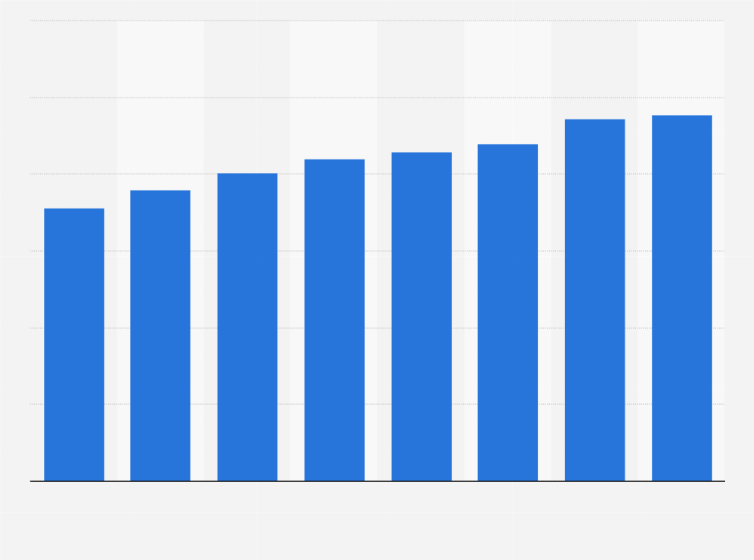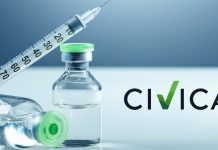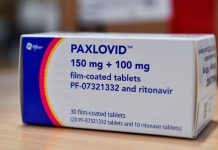In 2020, the US generic drug market reached a value of $127.8 billion, with experts believing that the market will exhibit strong growth between 2021 and 2026, according to Business Wire, one of the global leaders in press release distribution and regulatory disclosure.
The nation has witnessed substantial growth in the production of generic drugs, as they are 80% to 85% cheaper than their branded counterparts, and do not require extensive research, development, and testing.
Moreover, the introduction of generic drugs has helped the nation to sustain its healthcare system with improved patient access and generating savings for taxpayers, employers, and insurance providers, per the news outlet.
In addition, the US generic drug market has currently been experiencing significant growth because of the increasing prevalence of chronic medical conditions, such as heart diseases, diabetes, Alzheimer’s, Parkinson’s, among others.
Recently, the federal agencies have announced the approval of a number of generic drugs in association with the FDA’s Drug Competition Action Plan.
Furthermore, the FDA reauthorized the Generic Drug User Fee Amendments in 2017 to enhance the development and approval process of generic drugs.
The federal government has also introduced several programs for offering incentives to physicians and pharmacists to promote generic substitution in the nation, according to Business Wire.
The US generic drug market is estimated to grow exponentially as most brand-name drugs are set to lose their patents shortly.
Some of the key players operating the US generic drug market are Teva, Mylan, Actavis (Teva), Sandoz (Novartis), Sun Pharma, Par Pharmaceuticals, Lupin Pharmaceuticals, Dr. Reddy’s Laboratories, and Hospira (Pfizer).
The market is segmented into unbranded and branded generics. “Currently, unbranded generics exhibit a clear dominance in the market, holding the majority of the market share,” says Business Wire.
As far as the distribution channels are concerned, the market is divided into hospital pharmacies and retail pharmacies. However, the distribution channels are dominated by hospital pharmacies, as they account for the majority of the generic drug sales.























